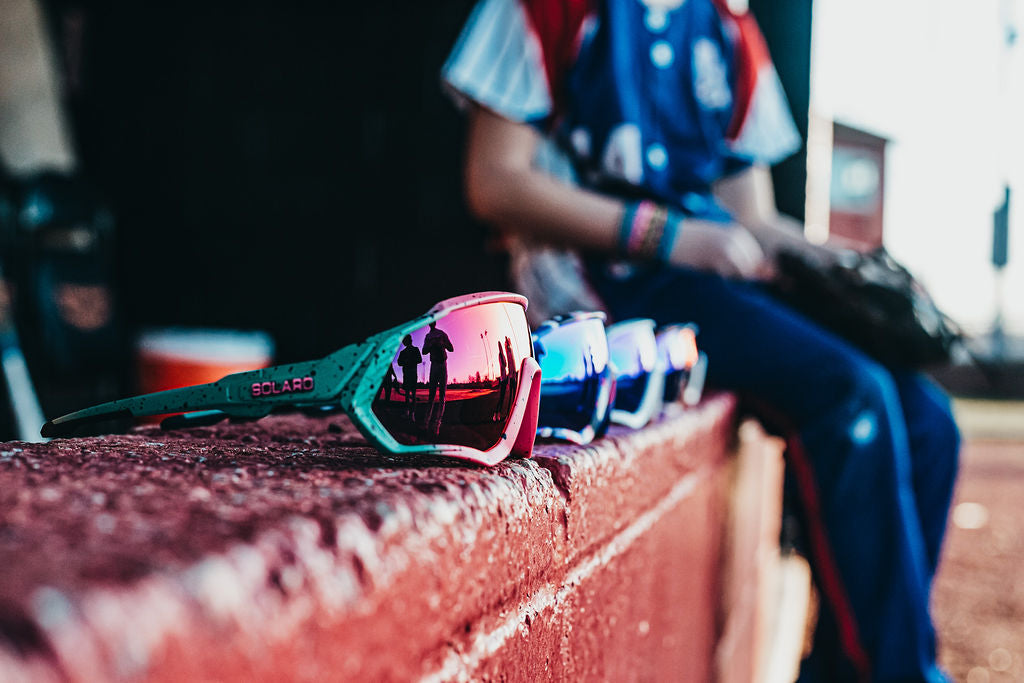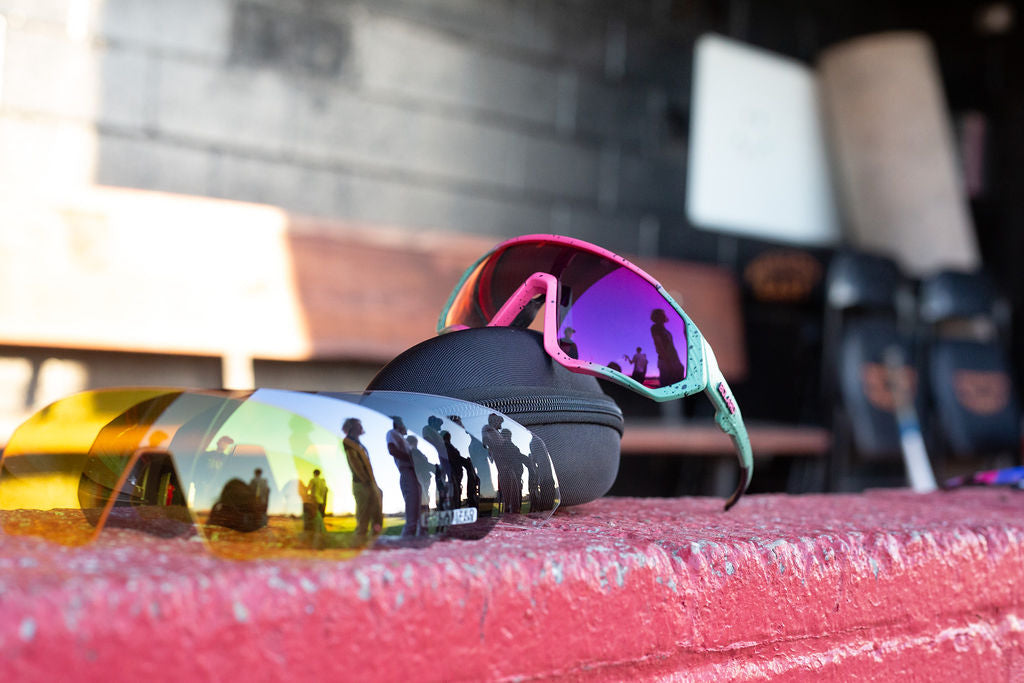Cycling offers a unique combination of freedom, adventure, and physical challenge. However, it also exposes riders to various environmental factors that can affect their performance and health. One often underestimated factor is blue light exposure. Understanding the science behind blue light and how blue light blocking sunglasses can protect your eyes can significantly enhance your cycling experience. Here’s a closer look at the science and benefits.
What is Blue Light?
Blue light is a type of high-energy visible (HEV) light with a wavelength between 380 and 500 nanometers. It is emitted by the sun, digital screens, and artificial lighting. While natural blue light is a part of the visible spectrum and is essential for regulating our circadian rhythms, excessive exposure can have negative effects on eye health and visual comfort.
The Impact of Blue Light on the Eyes
Digital Eye Strain
Prolonged exposure to digital screens, such as smartphones, tablets, and computers, can lead to digital eye strain. Symptoms include dryness, irritation, and blurred vision. Cyclists who frequently use GPS devices or check their phones while riding may experience these symptoms more acutely.
Glare and Visual Discomfort
Blue light contributes to glare, which can be particularly problematic for cyclists. Glare from the sun, reflective surfaces, and headlights can impair visibility and cause discomfort, making it harder to spot obstacles and hazards.
Potential Long-Term Damage
There is ongoing research into the long-term effects of blue light exposure. Some studies suggest that excessive blue light may contribute to retinal damage and an increased risk of macular degeneration over time. Protecting your eyes from excessive blue light exposure is a prudent measure for long-term eye health.
How Blue Light Blocking Sunglasses Work
Blue light blocking sunglasses are designed to filter out a portion of blue light, reducing its impact on the eyes. Here’s how they work:
Lens Technology
These sunglasses are equipped with specialized coatings that absorb or block blue light. The lenses are often tinted with a yellowish hue, which helps filter out blue wavelengths while allowing other colors to pass through.
Reduction of Glare
By filtering out blue light, these sunglasses also help reduce glare. This is especially beneficial for cyclists, as glare from the sun or reflective surfaces can obscure vision and affect performance.
Enhanced Contrast and Clarity
Blue light blocking sunglasses can improve contrast and clarity by minimizing the scattering of light in the eye. This results in sharper vision, which is crucial for detecting road signs, obstacles, and changes in terrain.
Benefits for Cyclists
Improved Visual Comfort
Blue light blocking sunglasses help reduce eye strain and discomfort caused by prolonged exposure to blue light and glare. This is particularly important during long rides or when cycling in bright or challenging conditions.
Enhanced Safety
By improving clarity and reducing glare, these sunglasses help cyclists maintain better visibility of their surroundings. This increased visibility can enhance safety by making it easier to spot potential hazards and navigate challenging terrains.
Better Performance
Clearer vision and reduced glare contribute to improved focus and reaction times. Cyclists can respond more quickly to changing conditions, making for a more efficient and enjoyable ride.
Eye Health Protection
Using blue light blocking sunglasses can help protect against the potential long-term effects of blue light exposure, such as retinal damage and macular degeneration. This is a proactive step towards maintaining eye health throughout your cycling journey.
Choosing the Right Blue Light Blocking Sunglasses
When selecting blue light blocking sunglasses for cycling, consider the following:
Lens Quality
Ensure the lenses are designed specifically to block blue light and provide clear vision.
UV Protection
Choose sunglasses that offer full UV protection to safeguard your eyes from harmful rays.
Fit and Comfort
Opt for a pair that fits well and is comfortable to wear during long rides.
Durability
Look for sunglasses made from durable materials that can withstand the rigors of cycling.
Conclusion
Understanding the science behind blue light and its effects on your eyes can help you make informed decisions about your eye protection while cycling. Blue light blocking sunglasses offer a practical solution for reducing glare, enhancing visual comfort, and protecting long-term eye health. By investing in a quality pair of these sunglasses, you can enjoy your rides with improved clarity, safety, and performance.



